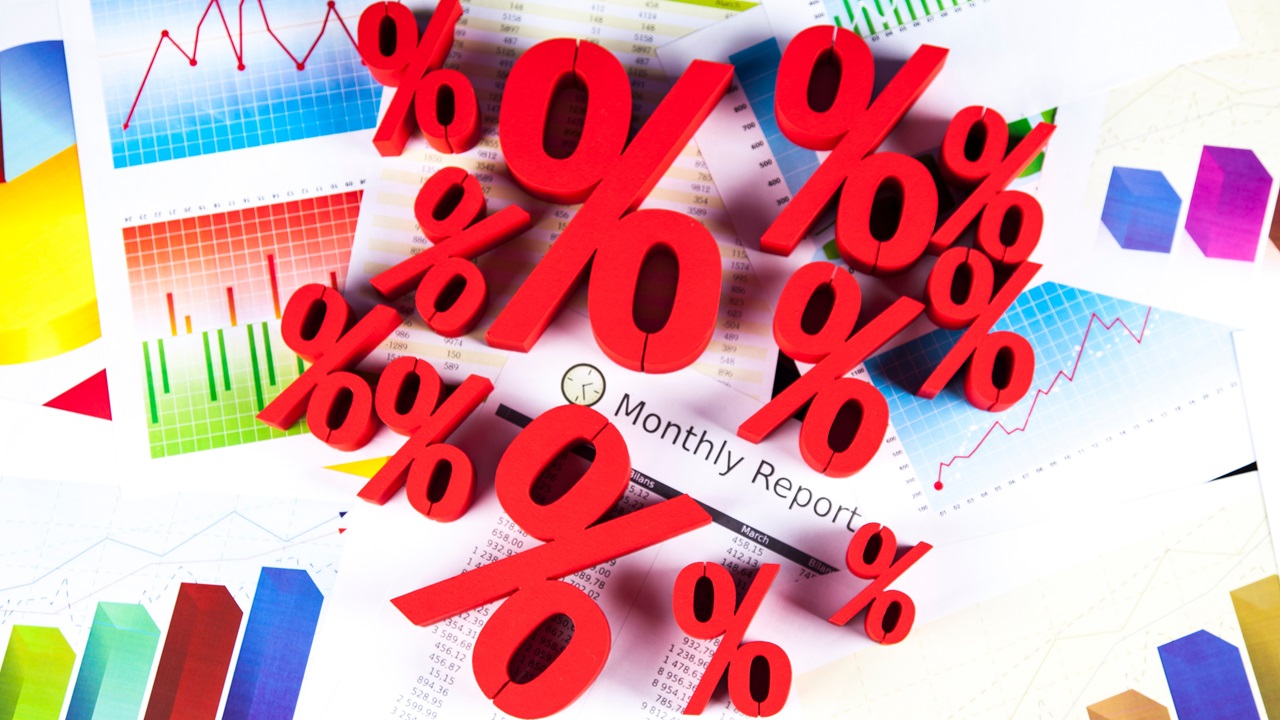
Deposit rates starting with a "3" are appearing again. The last time we saw those was in April 2023 for very short-term rates, and July 2022 for rate offers of one year. Pre-pandemic they were ubiquitous.
It's has been a month since we last reviewed the term deposit offers by banks and non-bank financial institutions.
In that time a steady relentless trend has developed of small but continuing rate cuts.
The result is much lower offer rates.
With some of the main banks (like ANZ and Westpac) now having carded term deposit (TD) rates just over 4%, these sub-4% rate offers are likely to spread to more than just the shortest terms. There are nine other banks with at least one rate offer within 10 bps of being sub-4%. Of course, the risk-free Kiwi Bonds are already there.
And with the taxpayer-guaranteed Deposit Compensation Scheme only about 90 days away from being launched on July 1, 2025, risk-free will be extending to most covered institutions from the perspective of many savers.
As we have noted before, weak loan demand is the key driver here. Household savings in bank accounts are rising faster (RBNZ data in S40 shows that at +5.9% - its fastest rise in almost three years) than overall loan demand (RBNZ data in C5 shows that at +2.9% for the year to January and barely improving). The deficit between customer bank account funding and total lending is now its least since these consistent data started in 2016, and likely well before that.
In the background, wholesale rate falls seem to have remained stalled, and are still at about the same level they were at the start of the year. So no wholesale pressure here for lower rates. Loan demand levels will be playing an outsized part in why banks are offering savers less.
When you invest, always check how interest is compounded. Depending on how much you are committing, compounding more often is materially better. But some banks advertise their "interest at maturity" rates different to their compounding rates, which for some can be set a little lower. Both Kiwibank and Rabobank do this, although most other main banks don't.
Use the calculator at the foot of this article to see the differences.
We should also point out that after-tax returns can be enhanced for some savers with higher tax rates, by the choice of PIE structures. Not all banks offer these, but most of the main banks do. For a nine month bank offer, they can be boosted by about 30 basis points going this way. In some cases that will make up any difference, or more.
Always ask a bank for a better rate. Many bank staff have discretion to offer more than the advertised rate. (And check your bank's app offers as they too are often enhanced to retain you). But in this environment don't get your hopes up for a positive response. Carded rates are likely to now be the 'best rate', except in quite special circumstances.
Use the term deposit calculator here, or the one below the table, to calculator your expected net returns.
The latest headline term deposit rate offers are in this table after the recent changes over the past month. The pink background colour-code indicates 5%+ rates still available. The yellow colour code for those under 4%. Bolded rates are the "best-bank", the highest carded rate from any bank at this time. (Update: This table has been updated with new lower rates from Westpac.)
| for a $25,000 deposit March 27, 2025 |
Rating | 3/4 mths |
5 / 6 / 7 mths |
8 - 11 mths |
1 yr | 18mth | 2 yrs | 3 yrs |
| Main banks | ||||||||
| ANZ | AA- | 3.90 | 4.30 | 4.25 | 4.10 | 4.15 | 4.10 | 4.15 |
 |
AA- | 4.00 | 4.15 | 4.30 | 4.20 | 4.10 | 4.05 | 4.25 |
 |
AA- | 3.95 | 4.20 | 4.25 | 4.30 | 4.20 | 4.15 | 4.25 |
 |
A | 4.00 | 4.40 | 4.25 | 4.25 | 4.10 | 4.10 | |
 |
AA- | 3.85 | 4.20 | 4.30 | 4.10 | 4.20 | 4.20 | 4.20 |
| Kiwi Bonds. 'risk-free' | AA+ | 3.50 | 3.50 | 3.50 | ||||
| Rating | 3/4 mths |
5 / 6 / 7 mths |
8 - 11 mths |
1 yr | 18mth | 2 yrs | 3 yrs | |
| Other banks | ||||||||
| Bank of China | A | 4.20 | 4.60 | 4.55 | 4.40 | 4.25 | 4.20 | 4.25 |
| China Constr. Bank | A | 4.05 | 4.45 | 4.40 | 4.35 | 4.30 | 4.30 | 4.30 |
| Co-operative Bank | BBB+ | 3.90 | 4.35 | 4.30 | 4.25 | 4.20 | 4.20 | 4.30 |
| Heartland Bank | BBB | 4.10 | 4.45 | 4.40 | 4.30 | 4.30 | 4.30 | 4.40 |
| ICBC | A | 4.10 | 4.55 | 4.45 | 4.40 | 4.30 | 4.25 | 4.35 |
 |
A | 4.00 | 4.35 | 4.30 | 4.20 | 4.20 | 4.15 | 4.25 |
 |
BBB | 4.00 | 4.30 | 4.30 | 4.30 | 4.20 | 4.20 | 4.20 |
 |
BBB+ | 4.00 | 4.35 | 4.40 | 4.20 | 4.20 | 4.10 | 4.20 |
| Non-Bank Deposit Takers | Rating | 3/4 mths |
5 / 6 / 7 mths |
8 - 11 mths |
1 yr | 18mth | 2 yrs | 3 yrs |
| Community institutions | ||||||||
| First Credit Union | BB | 4.25 | 4.50 | 4.45 | 4.35 | 4.30 | 4.30 | 4.45 |
| Heretaunga Bldg Society | 4.00 | 4.45 | 4.30 | 4.30 | ||||
| Nelson Building Society | BB+ | 3.50 | 4.00 | 3.85 | 3.80 | 3.80 | 3.70 | 3.70 |
| Police Credit Union | BB+ | 4.00 | 4.40 | 4.25 | 4.20 | 4.15 | 4.10 | |
| UnityMoney | BB | 3.90 | 4.20 | 4.10 | 4.05 | 4.10 | 4.05 | 4.15 |
| Wairarapa Bldg Society | BB+ | 4.00 | 4.40 | 4.40 | 4.40 | 4.30 | 4.30 | |
| Finance companies | ||||||||
| Christian Savings | BB+ | 4.00 | 4.45 | 4.40 | 4.35 | 4.30 | 4.30 | 4.45 |
| Finance Direct | 3.95 | 5.75 | 6.25 | 5.95 | 5.55 | |||
| General Finance | BB | 4.55 | 5.80 | 5.90 | 6.10 | 5.75 | 5.50 | 5.25 |
| Gold Band Finance | BB- | 3.75 | 3.75 | 6.40 | 6.20 | 5.75 | 5.75 | |
| Liberty Financial | BBB | 3.95 | 5.15 | 5.15 | 5.20 | 4.80 | 4.80 | 4.70 |
| Mutual Credit Finance | B+ | 6.00 | 6.00 | 5.95 | 5.75 | |||
| Xceda Finance | B+ | 6.00 | 5.80 | 5.70 | 5.60 | 5.50 | 5.00 |
Term deposit rates
Select chart tabs
Daily swap rates
Select chart tabs
Term deposit calculator


We welcome your comments below. If you are not already registered, please register to comment.
Remember we welcome robust, respectful and insightful debate. We don't welcome abusive or defamatory comments and will de-register those repeatedly making such comments. Our current comment policy is here.